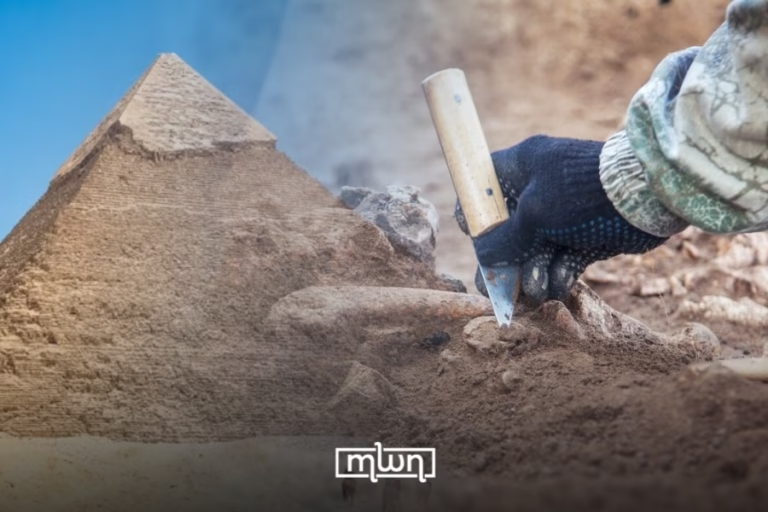The tradition of Moroccan mint tea
Rabat – Moroccans have an enduring love for tea, particularly mint tea, which has become an integral aspect of traditional Moroccan life. Whether rich or poor, serving the beverage as a sign of hospitality is a shared tradition. It is a beverage savored by all, embraced at any moment and in any setting.
Morocco’s mint tea features a complex and enchantingly unique flavor profile. This highly praised beverage harmonizes the delicate bitterness of green tea with the freshness of mint, often complemented by a large amount of sugar, creating an invigorating and soothing experience.
Chinese gunpowder green tea, fresh mint and sugar make up the basics of this drink. Additionally, tea enthusiasts often add various herbs to enhance the flavor. These include, Spearmint which adds the signature minty freshness, balancing the green tea’s bitterness; Peppermint provides a more robust minty kick, ideal for a bolder tea; Lemon verbena introduces a zesty note, complementing the mint and green tea; Chamomile offers a gentle, floral sweetness, softening the green tea’s edge; and Lavender brings a unique floral aroma, adding complexity to the minty base.
So why do Moroccans have such a strong affection for mint tea?
On one hand, theophylline in tea, similar to caffeine, has a stimulating effect on the central nervous system, which can satisfy humans’ endless pursuit of daily beverages.
On the other hand, consuming mint tea is beneficial for physical health. As indicated by relevant studies, mint leaves contain vitamin C, antioxidants, anti-inflammatories, and other vitamins and minerals, which are widely believed to have the ability to relieve stomach discomfort, symptoms of colds and flu, and provide a refreshing effect on the respiratory system.
Morocco’s dependance on Chinese tea exports; challenges and risks
Morocco’s dry and hot Mediterranean climate contrasts sharply with the warm and humid conditions ideal for tea plant cultivation. Given this incongruity, Morocco faces challenges in cultivating tea domestically. Consequently, Morocco heavily relies on tea imports, solidifying its position as one of the world’s largest importers of tea, specifically from China.
China and Morocco have had a strong partnership in tea commerce for quite some time. According to the TICCAPIAC (Tea Industry Committee of China Association for the Promotion of International Agricultural Cooperation), Morocco imported a substantial quantity of green tea since 2017, totaling around 504,000 tons,, with a total import value of $1.56 billion. This robust importation underscores the significant demand and preference for Chinese green tea in the Moroccan market.
Relevant data from 2017 to 2019 indicates that Morocco annually imported an average of 72% of its green tea from China. The statistics underscore Morocco’s heavy dependence on China’s exports, introducing an element of instability and posing a high risk to Morocco’s green tea supply market.
In 2o2o, the sudden outbreak of the COVID-19 pandemic rapidly disrupted global trade, significantly impacting Morocco’s green tea imports from China. The crisis caused a shortage in the supply of green tea. In that year, the volume of green tea imports dropped to 67,000 tons, reflecting a year-on-year decrease of 9.5%.
Faced with this challenge, Morocco was forced to stock a 6 month supply for preventative measures. The decision, announced by Mohamed Astaib, the president of The Moroccan Association of Tea and Coffee Manufacturers (AMITC), underscored the vulnerability of Morocco’s green tea supply chain. The 2020 shortage further emphasized the importance of strategic planning and diversification in order to mitigate future risks.
In 2021 and 2022, as the global trade situation improved, Morocco’s green tea imports saw a rapid surge, reaching 75,000 tons annually.
However in 2023 imports of green tea from China experienced an unexpected decline, dropping by 20% year-on-year. The total imports amounted to only 60,000 tons, even lower than levels recorded in 2020.
Morocco’s green tea imports are susceptible to global trade dynamics and international market fluctuations, exhibiting a high dependence on China
Given that China produces 80% of the world’s green tea annually and exports over 80% of it globally, it is impractical for Morocco to completely eliminate imports from the country. However, Morocco should carefully consider other sources such as India, Sri Lanka,Vietnam, or Kenya, in order to diversify the market,to enhance selection and mitigate risks.
















